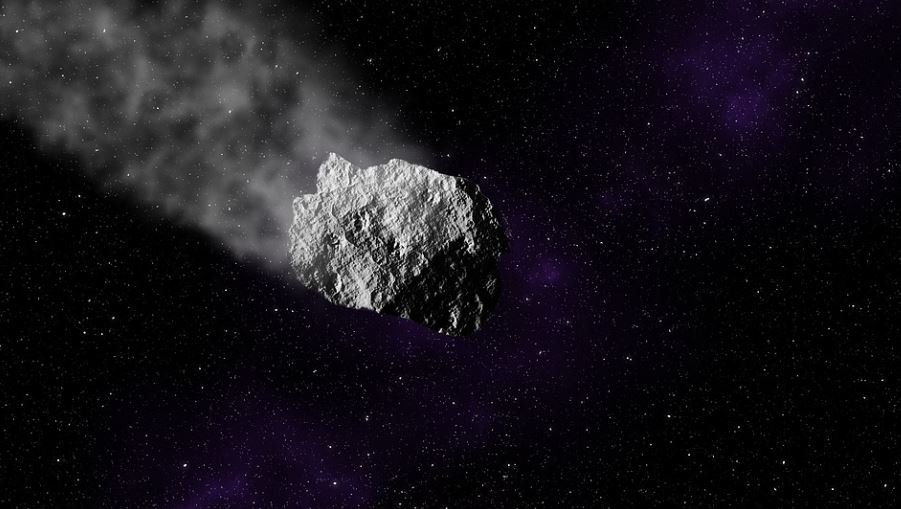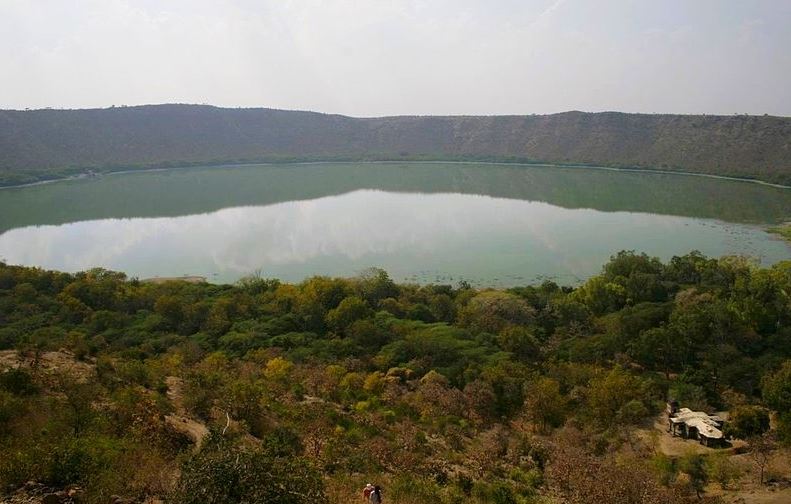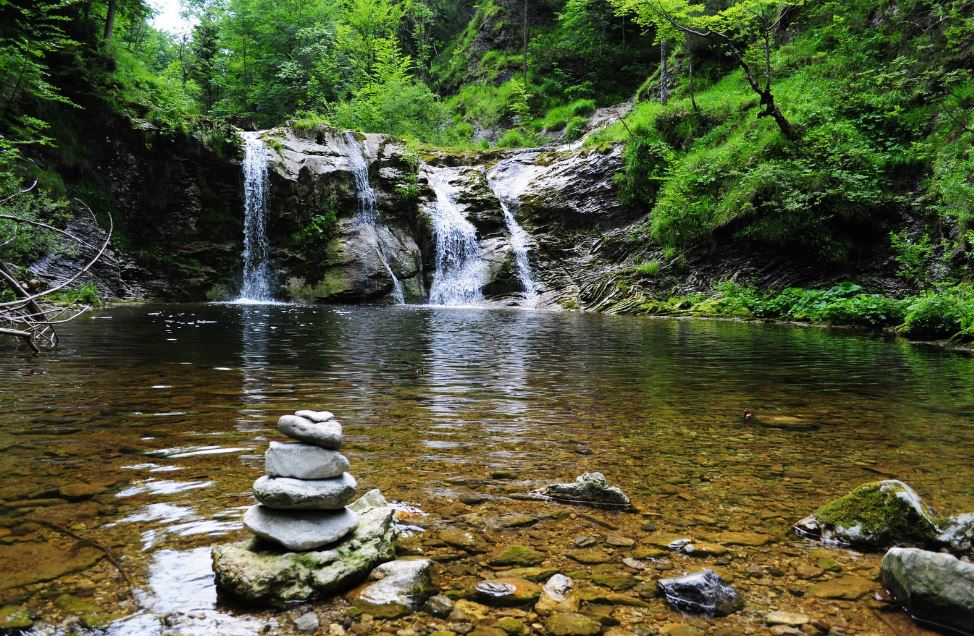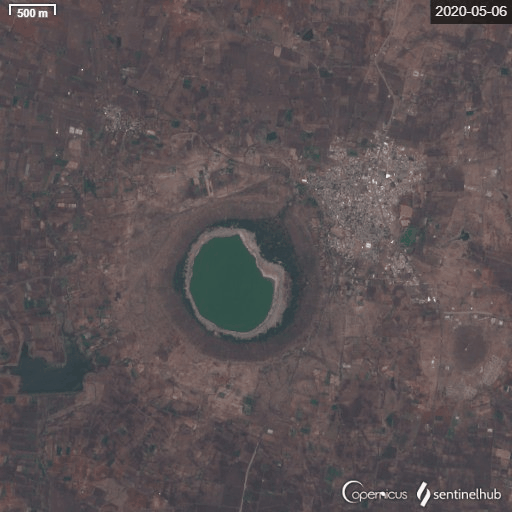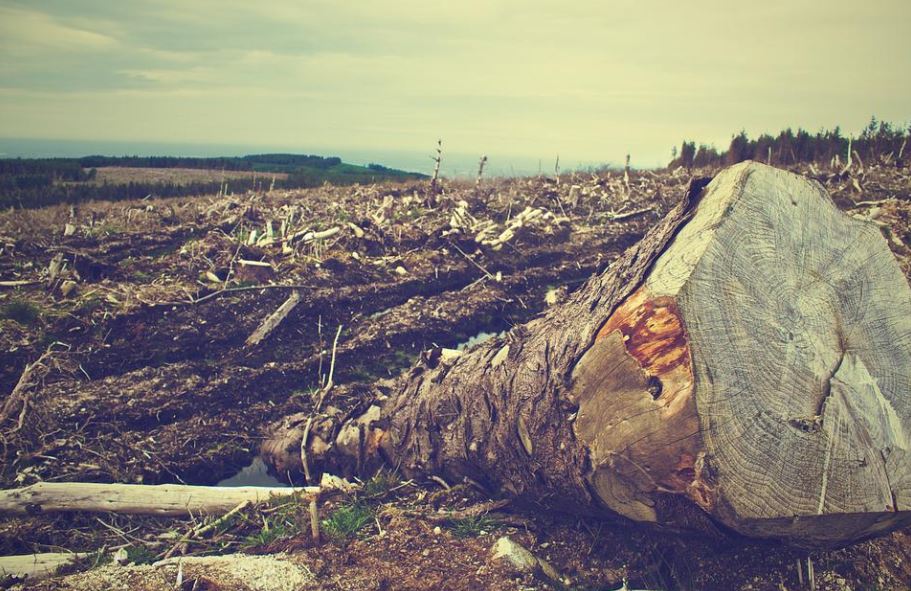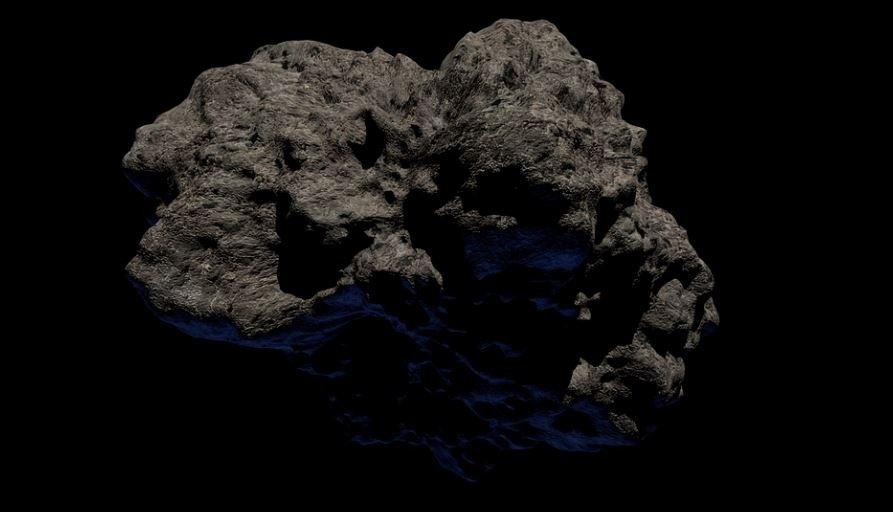Lonar Crater, also known as Lonar Lake, is a notified National Geographic Heritage Monument. It is a Soda and Salt Lake located at Lonar in Buldhana District, Maharashtra, India. Lonar Crater is an impact crater caused by a meteorite collision. It is one of the four known impact craters in Basaltic rock on Earth. Lonar Crater began a confusion after its discovery by C.J.E. Alexander. It is because Lonar Crater is located in the Deccan Plateau, where there is massive volcanic basalt.
Lonar Crater was created by meteorites thousands of years ago. The crater site is of great scientific and cultural significance. Scientists have been studying the unique basalt-based crater. The locals, on the other hand, have their religious and cultural significance. Lonar Crater is considered one of the best-preserved impact craters in the world but few threats can damage the beauty of the crater.
Formation of Lonar Crater
Lonar Crater is about 150 meters (500 feet) deep. The diameter of the impact crater is nearly 1,830 meters (6,000 feet) with a rim of 20 meters (65 feet) above the surrounding surface. It has been established by the Scientists that Lonar Lake is an impact crater based on several pieces of evidence such as the presence of Maskelynite. Maskelynite is a type of natural glass that is only formed by hypervelocity star impacts.
In 1973, a paper was published that highlighted the presence of Maskelynite. It was suggested in the paper that the location of the crater in volcanic basalt made it a good analog for impact craters such as on the Moon’s surface.
Age of Lonar Crater
Lonar Crater is located on the Deccan Plateau which is a huge plain of volcanic basalt rock created 65 million years ago due to eruptions. The location of the Lonar Crater in this basalt field suggested to the geologists that it was a volcanic crater. However, today, the Lonar Crater is believed to be an impact crater caused by a meteorite.
Previously, the age of the Lonar Crater was estimated at 52,000 ± 6,000 years. According to the latest studies, the age of the Lonar Crater is estimated around 576,000 ± 47,000 years.
Geographical Features of Lonar Crater
The basin is surrounded by a series of small hills of oval shape but almost round. The circumference at the top is about 5 miles (8 km) with a steep slope on the sides of the base at an angle of 75°. Furthermore, the lake has a circumference at the base of the sides of about 3 miles (4.8 km).
The slopes are covered with tree savannah that supports teak (Tectona Grandis), Butea Monosperma, Wrightia Tinctoria, and Helicteres Isora. The Savannah shrub, on the other hand, supports Ziziphus spp and Acacia Nilotica. Also, Prosopis Juliflora is spreading along the shore of the lake. However, the main crops of Lonar Crater are Papaya, Bananas, Okra, Maize, and Millet.
The lake water contains various sodas and salts. During the dry weather, when evaporation lowers the water level, large amounts of soda are collected from the Lonar Crater. Two small streams flow into the Lonar Lake known as Penganga and Purna. On the southern side of Lonar Lake and the edge of the lake, there is a freshwater well.
Ambar Lake
Ambar Lake is a small circular depression at a distance of about 700 meters (2,300 feet) from Lonar Lake. It is believed that it was caused by a fragment of the main meteor. Near Ambar Lake, there is a Hanuman temple with an idol made of rock which is considered highly magnetic. From Ambar Lake, the farmers drain the water for crops.
By-Products of Lonar Crater
The salts collected from this lake vary in their composition and nature, separated easily by their appearance. The five or six main varieties found in Lonar Lake cannot be distinguished from one another. The composition of the salts depends on the state of crystallization and period. Currently, large quantities of salts are found on the shore of Lonar Lake.
With the process of crystallization, common salt and sodium chloride are formed with sodium carbonates, resulting in by-products as follows:
- Nimal Dalla and Kala Namak are found in white crystalline masses.
- Khuppal is obtained in compact and solid pieces consisting of a mixture of chlorides and carbonates in almost equal proportions.
- Papri or Pipadi have a similar chemical proposition but they are different in appearance. Usually, it is tinted slightly pinkish in color with hollow air spaces between the crystalline masses. As a result, it forms layers or scales.
- Bhuski is a soft flaky powder with no definite structure. It is mixed with some impurities. Bhuski can be compared with baking soda or salt.
- Bhuski and Pipadi salts can be found on the shores of the lake in hot weather when the water dries up. However, Pipadi is the purest salt found in the Lonar Crater. Bhuski, on the other hand, contains small proportions of earthy matter.
- In 1842, commercial exploitation was started during the Nizam’s reign till 1903. However, there is a low local demand for the by-products of Lonar Lake.
2020 Color Change
In early June 2020, Lonar Lake surprised locals and scientists when it turned pinkish or red. According to the reports from Agharkar Research Institute, the color changed due to high salinity and lower water levels which caused increased levels of carotenoids and growth of Halobacterium. As a result, the color of Lonar Lake changed to pinkish color. However, it lasted only for a few days and changed back to its original color.
Threats to Lonar Lake
Lonar Lake faces environmental and anthropological issues as follows:
- According to research in 2017, the water level of Lonar Lake is drying up due to nearby percolation dams and the closure of the streams flowing into the lake.
- Commercial activities such as illegal construction near the lake is damaging the natural topography of Lonar Lake.
- The ecosystem of Lonar Lake is damaged by the discharge of sewage into the lake. Marauding peregrine falcons and increased pollution have disturbed the important fauna and flora of Lonar Lake with migratory birds and 100 residents.
- Frequent visitors include religious visitors from the nearby villages and towns. They are not sufficiently educated about signboards. As a result, the disposal of the trash makes it difficult for the officials to maintain the beauty of the impact crater.
- During the local festivals like the Kamala Devi festival, large numbers of pilgrims enter the crater. Also, they set up small food stalls or shops near or along the rim of the impact crater.
- The government is unable to raise the necessary funds to preserve the crater. However, the tourists visiting the impact crater are damaging the environment of the nearby lands of the impact crater.
- Excavation activities are conducted illegally which disrupts the groundwater source of Lonar Lake.
- Illegal deforestation is taking place in the surroundings of the impact crater. As a result, the livestock grazing near the crater rim generates fecal pollution.
- The use of pesticides, fertilizers, and toxic materials used in the nearby agricultural fields leads to the pollution of the Lonar Lake water.
Interesting Facts About Lonar Crater
- Lonar Lake sits on the world’s only hypervelocity impact formed in basaltic rock. According to the research, the impact crater was formed after a comet or asteroid hit the area with a speed of 90,000 km/h.
- Lonar Crater is one of the best-preserved and youngest craters on the earth. To determine the age of the impact crater, two methods were used. With Thermoluminescence, the crater was declared to be 52,000 years old with a correction of 6,000 years on each side. The Argon-Argon dating system, on the other hand, declared the impact crater to be 576,000 years old with a correction of 47,000 years on either side.
- The average diameter of the Lonar Crater is about 1.2 km (3,900 feet) but the diameter of the lake is 1.8 km (5,905 feet).
- The impact crater has an oval shape which indicates interesting facts about the asteroid and comet that hit the earth’s surface at an angle of 35 to 45 degrees.
- The ecosystem of the Lonar Crater surprises you with two distinct water regions that do not mix.
- The outer region of the Lonar Crater is a neutral region with a pH level of 7. However, the inner region of Lonar Lake is pH 11 which is the alkaline part. The difference between the pH levels makes it home to diversified and unique fauna and flora.
- The prominent reptiles found in Lonar Lake are monitor lizards.
Lonar Crater – 50,000 Years Old Impact Crater
Lonar Crater is located on the Deccan Plateau, which is a huge plain of volcanic basalt rock. Just like Barringer Crater, the Lonar Crater has been a debatable topic among researchers and scientists that it was a volcanic crater. However, it was proved to be an impact crater because of the presence of plagioclase. Lonar Crater has a scientific and cultural significance, which one has to respect while visiting it.
Lonar Crater is one of the top 10 craters on earth. However, due to a lack of funds and education, the Lonar Crater faces few threats. As a result, the Lonar Crater is losing its beauty. Furthermore, the Lonar Crater, also known as Lonar Lake, has been producing by-products that are mostly salt. Due to saline and alkaline content in Lonar Lake, it changed its color to pinkish in 2020. It was a short-lived surprise for the locals and scientists but it reverted to its original form within a few days.



